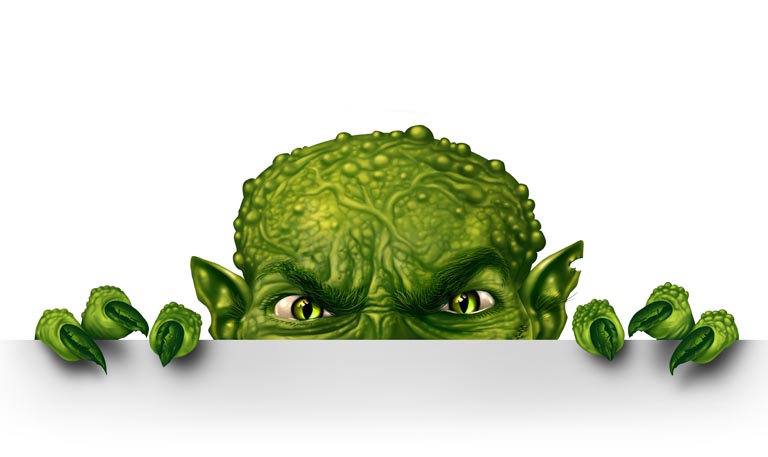The evil monster hunched his shoulders and growled menacingly through clenched teeth. His clawlike hands rasped the air. His beady eyes scanned left and right searching for his prey. He froze when a burst of giggles exploded behind him, then turned menacingly in the direction of the gleeful sounds.
There they were! Three delicious-looking little boys cowered behind an armchair. With a ferocious growl, the monster lunged at the boys, setting off a new explosion of shrieks and screams. The children were doomed! Yet somehow, they managed to escape unharmed and buried the monster under a pile of pillows.
In the summer of 2013, my wife and I sold many of our belongings and loaded what was left into a 26-foot Penske rental truck. We carefully maneuvered our Toyota Matrix onto a trailer attached to the back of the truck. Then we set off on a 2,700-mile drive from the suburbs of Washington, DC, to Los Angeles.
My wife had just retired. I worked from home studying brain health and developing programs to promote mental flourishing. Both of our daughters lived in Southern California and were beginning to make babies.
We had been at the birth of our first grandson and fell in love with him (and with our new role as grandparents). But we lived on the East Coast and could only spend the first month of our grandson’s life with him. We wanted to be full-time grandparents. Our daughters were not going to move back east, so our only choice was to relocate across the country.
Since our move, our oldest daughter in L.A. has had a second son. Our younger daughter, who lives in San Diego, has kept pace and now has a son and a daughter. We now live within driving distance of four grandchildren. The oldest is seven; our youngest is a four-month-old granddaughter.
The move was the right thing for us to do for many reasons, not the least of which is that grandparenting is good for our brain health. At the top of the list of benefits is a simple fact that our grandchildren make us happy. No, that understates their effect. We now experience joy, delight, and awe on a near-daily basis.
One of the problems with advanced age is that life can lose a bit of its luster. I must admit that I get a bit world-weary at times. Intellectually, I know that we are much better off than any other group of people in the history of the world. But emotionally, I grieve that so much of our progress is being threatened and that so many still suffer.
This dim, despairing view of the world is not unrealistic; it is just unbalanced. Our brains have evolved to latch onto the negatives. It’s a survival mechanism. We need to pay attention to threats to protect ourselves. But this evolved focus on dangers gives us a skewed vision of reality. The negatives are amplified and the positives are ignored. We take the good stuff for granted and fail to appreciate the great good fortune we have to be alive and healthy in modern-day America.
My grandchildren bring my life back into balance. My brain and mind are healthier because my grandchildren remind me of all that is beautiful and hopeful.
The great Harold Arlen and Johnny Mercer tune Ac-cent-tchu-ate the Positive succinctly describes why our decision to relocate to be close to our grandchildren was a good decision.
You’ve got to ac-cent-tchu-ate the positive,
Elim-inate the negative,
Latch on to the affirmative,
Don’t mess with Mister In-Between.
Why do my wife and I strive to remain physically fit? Why do we eat well and try to get enough sleep? Why do we continue to challenge our minds with novel—and positive—activities?
We love being role models for positive, creative aging. We do all of this so that we have more happy years to spend with our family. We do it so that we can run around and play tag, splash in the surf, and roll on the floor being monsters enjoying our giggling grandchildren.
We do it to be happy.
Michael C. Patterson, founder and CEO of MINDRAMP Consulting, writes extensively on the art and science of brain health and mental flourishing. He is an educator and consultant who previously managed AARP’s Staying Sharp brain health program and helped develop the field of creative aging.


